#MDTAPS
Spreading awareness about a life-changing opportunity for public servants
#MDTAPS = Maryland, tell a public servant!
Thank you for helping MCCFW spread awareness of a time-sensitive opportunity that helped relieve Marylanders of more than $1.68 billion in federal student loan debt.
The period to benefit most greatly from one-time adjustments expired on April 30, 2024. There are still opportunities for relief. As of May 1, 2024:
Public Service Loan Forgiveness (PSLF): PSLF is still available. The Department of Education has implemented a processing pause for the months of May and June. You can still submit an application. The application will not be reviewed until July. Income Driven Repayment Adjustment (IDR): If you have Direct or federally-held student loans, you should receive a Payment Count in July 2024. The Payment Count will let you know how close your loans are to the 20 or 25-year milestone required for cancellation via Income-Driven Repayment.
Broad Debt Relief: The Biden Administration has proposed a new debt relief plan. This is a proposal. It has not been finalized. There is no action to take at this time.
View our latest edition of Office Hours for the latest news and stay tuned for updates to reflect new rules that will go into effect on July 1, 2024.
The following sections have been updated to help borrowers pursue PSLF through the IDR Adjustment.
What is PSLF?
PSLF stands for Public Service Loan Forgiveness.
PSLF is a federal program that forgives the remaining balance on your Direct Loans after you have made 120 qualifying monthly payments under a qualifying repayment plan while working full-time, directly for a qualifying employer.
Qualifying employers include:
government agencies,
501 (c)(3) tax exempt organizations, and
certain other tax exempt organizations that provide qualifying services. Learn more about qualifying employment from the Office of Federal Student Aid.
What is the IDR Adjustment?
How does it help with PSLF?
IDR = Income Driven Repayment, a type of repayment plan that allows student loan borrowers to make payments based on their income instead of their balance. IDR plans offer cancellation after a borrower has made payments for 20 or 25 years. Due to past inaccuracies, cancellation did not happen for the vast majority of borrowers who met the requirements.
The IDR Adjustment is a one-time adjustment being conducted by the Department of Education to address those inaccuracies and fix the payment counting process going forward. Every borrower who has Direct or federally-held FFELP Loans will receive a payment count in 2024. In July 2023, the Department of Education began cancelling federally-held loans that had already achieved the 20 or 25 year milestone.
Months credited toward forgiveness through IDR can count toward PSLF when the borrower completes a PSLF Application documenting their qualifying employment.
What the IDR Adjustment could mean for you
Getting closer to the number of qualifying monthly payments needed to have your federal student loans forgiven.
Under the original program rules, you could not obtain credit toward loan forgiveness if you had the wrong type of loans, paid on the wrong kind of repayment plan, made late payments or missed payments.
And if you consolidated, then none of the payments prior to consolidation would count either.
Under the IDR Account Adjustment, you can get credit for past months in repayment regardless of loan type, payments made, or repayment plan.
Borrowers Approved for PSLF*
How to determine your eligibility for PSLF
Eligibility for PSLF depends on your employment history and your repayment history. Under the IDR Account Adjustment, borrowers can get credit toward PSLF for past months during which two things happened (at the same time):
You were working full-time for a public service employer (view what qualifies as full-time and public service employer)
Your loans were in a repayment status including certain types of forbearances and deferments (prior to 2013)
What should you do next? After you have confirmed your employer (current or past) is a qualifying organization, submit the PSLF Application via Federal Student Aid.
-
Login to studentaid.gov to view your federal loans. The types of loans you have will determine your next steps. ***Given the many changes happening at once, it might be best to wait until July 1 to consolidate. We will update this section with guidance closer to July 1, 2024. *** View instructions on how to view your loan types.
If you have all Direct Loans for yourself only: Direct Loans qualify for PSLF. You do not need to consolidate. Consolidation could be helpful in certain situations. We will update this section with guidance on next steps closer to July 1.
If you have at least one FFEL or Perkins Loan: Non-Direct Loans are ineligible for PSLF. You will need to consolidate these loans into a Direct Consolidation Loan to get them on track for PSLF. We will update this section with guidance on next steps closer to July 1.
If you have unconsolidated Parent PLUS Loans only: Parent PLUS Loans can get PSLF credit for periods of repayment through the IDR Adjustment, but after April 30, 2024, consolidation might be necessary for the loans to continue earning credit toward PSLF. We will update this section with guidance on next steps closer to July 1.
-
Non-Direct Loans must be consolidated into a Direct Consolidation Loan via studentaid.gov to get on track for PSLF. We will update this section with guidance on next steps closer to July 1, 2024, when new rules go into effect.
When you consolidate, your existing loans will be paid off and a new Direct Consolidation Loan will be created. Even though the consolidation loan is new, updated rules may allow for some periods of repayment prior to consolidation to count toward PSLF.
-
This critical step is necessary for all borrowers who want to be considered for PSLF. There is one application to certify your employment and apply for PSLF. You can access the application here: PSLF Help Tool (online version).
Certifying your employment is the only way for the Department of Education (and/or their designated servicer) to begin counting how many qualifying months you have toward the 120 necessary for forgiveness through PSLF.
Ready to spread the word?
-

Tell a public servant
-

Share your PSLF success story

Share your PSLF success story
Some people hesitate to apply because they don’t believe the Limited PSLF Waiver will work for them.
Testimonials make it real. If you have earned additional credit for past payments and/or had your loans forgiven and are comfortable sharing your story, complete the form below and we will contact you. How much you share is completely up to you.
Special Circumstances
Consolidation is not always necessary but it could prove helpful in certain situations.
-
One borrower can have loans that entered repayment at different times. Under the original rules of PSLF, the loans would be evaluated in groups based on the date they entered repayment. If an individual had two loan groups, then they would need to apply for PSLF twice. Once when the first group reached 120 qualifying months, and again when the second group reached 120 months.
As of May 1, 2024, this situation will be addressed using a weighted average. According to FSA under the Limited PSLF Waiver: “Borrowers will receive a weighted average of existing qualifying payments toward PSLF when they consolidate their Direct Loans.”
For example, Chris has 2 loans:
A $40,000 Direct Subsidized Stafford Loan with 50 qualifying payments and
A $60,000 Direct Unsubsidized Stafford Loan with 100 qualifying payments.
When Chris consolidates these two loans, the new Direct Consolidation Loan will be credited with 80 qualifying payments. The Department encourages consolidation after the loans have received Qualifying Payment Count to ensure the formula is applied correctly.
“Do not cancel yourself…you'll never know how close you are or if you're already there."
— Dr. Tisa Silver Canady, MCCFW founder and director, offering advice to borrowers who think they might be eligible for PSLF (Story via USA Today)
Disclaimer
The contents of this page are for informational purposes only. The information contained therein does not constitute financial or legal advice. The U.S. Department of Education is the lender of federal student loans and the most reliable source of information regarding the repayment of federal student loans. This web page and the MDTAPS Campaign were created and are maintained as a public service for the benefit of student loan borrowers, especially those who reside in Maryland.

